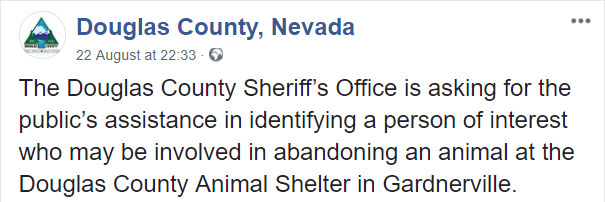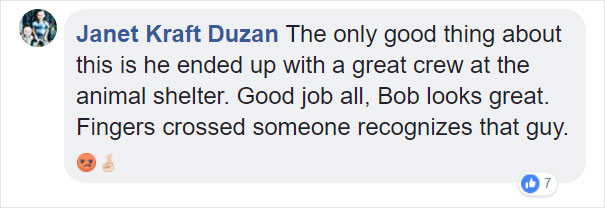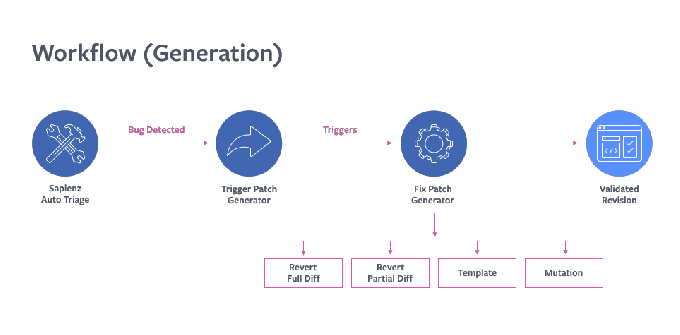
Is there anything sweeter than seeing an old man cuddling a newborn baby? No, there isn't.
Except maybe when that gentleman donates a million dollars to the NICU where he's volunteered for the past year and a half.
Screenshot via University of South Alabama/Youtube.
81-year-old Louis Mapp has become enamored with his role in the Neonatal Intensive Care Unit at USA Children's and Women's Hospital in Mobile, Alabama. Every Tuesday, he drives 45 minutes to the hospital to rock, feed, and burp babies whose families aren't able to be there 24/7. As a grandfather of eight and great-grandfather of two, he's an experienced baby cuddler, but he doesn't seem to tire of it.
"I love to look at their expressions when I rock them. This one is smiling at me right now, and it just makes your day to do that," Mapp told WKRG news.
Swoon.
Mapp's generosity of spirit is reflected in his million dollar donation to the hospital.
Through their foundation, Mapp and his wife, Melinda, have donated $1 million to the NICU be used however the doctors and nurses choose.
“After being there and seeing what a special place it is, and what an impact they have on people’s lives, my wife and I decided we wanted to do something for them,” Mapp told PEOPLE. “We have been blessed, and we said, ‘What a good place, to share some of those blessings, with the NICU.’”
The Mapps wanted their endowment to be large enough that when the caregivers recognize a need that might not be in the budget, they'd have a pool of funds to draw from. He told WKRG that he was happy to give the money to a place that "has his heart."
Screenshot via University of South Alabama/Youtube
Mapp says he's using his time left on earth to help others, giving us all a fresh round of #aginggoals.
Mapp has given out around 600 grants through his foundation, which have helped fund free clinics, food banks, and drug rehab programs. But he doesn't stop at donating money.
“Every day, I ask the Lord, ‘Show me, somebody, where I can help them,’ ” Mapp told PEOPLE. “It may not be financially, it may be giving them a ride, or making a phone call, but I figure, while I’m here on earth, I need to do everything I can to help others.”
Once a week, the answer to that prayer looks like rocking newborn babies, giving them the vital, hands-on care they need. The hospital serves families from a wide area, and some aren't able to stay at the hospital with their babies because they have to return to work, care for other children, or other reasons. So volunteers like Mapp provide the essential human touch newborn babies need, and get a regular dose of newborn wonder in return.
"These babies are so precious," Mapp told the University of Southern Alabama, "It's just hard to put it in words."
See? New favorite. Keep up the awesome humaning, Mr. Mapp.
Original Article : HERE ; This post was curated & posted using : RealSpecific
=>
***********************************************
Original Post Here: This 81-yr-old baby cuddler who gave $1 million to the NICU is your new favorite human.
************************************
=>
This 81-yr-old baby cuddler who gave $1 million to the NICU is your new favorite human. was originally posted by AllAbout NEwsBolg - Feed























 The four-winged, tailless style of their creation, the DelFly Nimble, is novel but evidently effective. Their robot can go 7 meters per second, or about 15 MPH, hover in place or perform all kinds of extreme motions like dives and rolls smoothly. It’s no joke doing that using rotors with continuous thrust, let alone via coordinated wing movement. You can see it perform a few more capers
The four-winged, tailless style of their creation, the DelFly Nimble, is novel but evidently effective. Their robot can go 7 meters per second, or about 15 MPH, hover in place or perform all kinds of extreme motions like dives and rolls smoothly. It’s no joke doing that using rotors with continuous thrust, let alone via coordinated wing movement. You can see it perform a few more capers 


